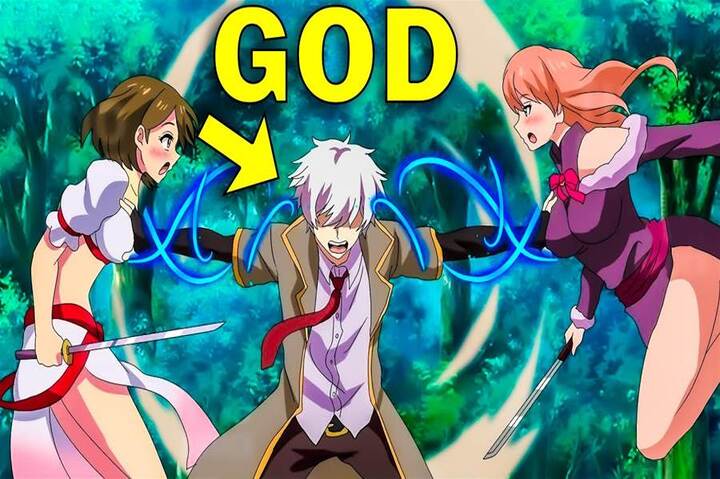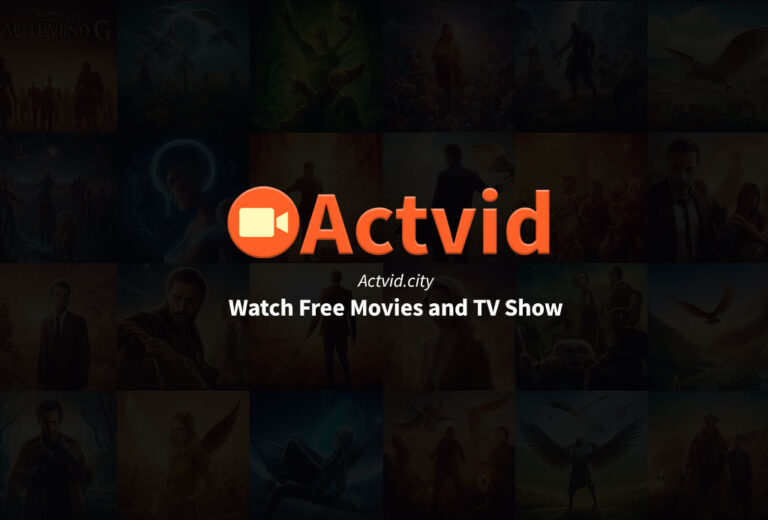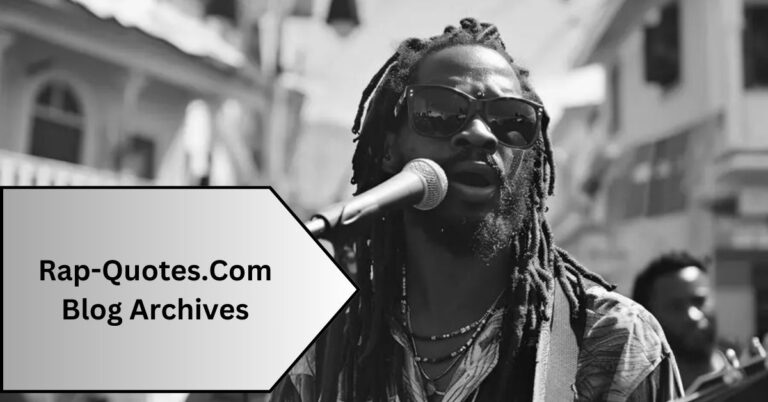The disowned child: chronicles of unleashed divine bloodlust
Introduction to The disowned child: chronicles of unleashed divine bloodlust
Imagine growing up in a world where the very people who should love you unconditionally cast you aside. The experience of being disowned by parents can feel like walking through life with an invisible scar—a reminder that your worth was deemed conditional. For many, this rejection creates a chasm filled with pain and confusion.
Disowned children often carry the weight of their parents’ choices on their shoulders. They grapple with questions about identity and belonging while navigating societal expectations. In these moments, something primal may awaken within—an intense longing for validation mixed with an undercurrent of rage.

What happens when this suppressed fury transforms into something more? When it erupts as divine bloodlust, reflecting both personal battles and collective struggles against injustice? This blog will explore The disowned child: chronicles of unleashed divine bloodlust—the psychological impacts, coping mechanisms, and paths to healing. Together, we’ll uncover how to break free from harmful cycles and forge new identities rooted in self-love and acceptance.
The psychological impact of being disowned by parents
Being disowned by parents carries a heavy psychological burden. The initial shock can feel like an emotional earthquake, shaking the very foundation of one’s identity.
Many experience feelings of rejection and abandonment. This deep-rooted pain often leads to issues with self-esteem and self-worth. When your own family turns their back on you, it can create a profound sense of isolation.
Trust becomes a fragile concept as relationships are viewed through a lens tainted by past trauma. Fear of further rejection may prevent forming new connections, resulting in loneliness that permeates everyday life.
Anger can bubble beneath the surface too. It manifests not only towards those who disowned them but also directed inwardly, leading to cycles of guilt and resentment that may last for years.
Understanding this impact is crucial for healing; it’s the first step toward reclaiming one’s narrative in the midst of chaos.
Navigating life as a disowned child
Life as a disowned child often feels like walking through a dense fog. The world seems uncertain, and each step is filled with doubt. Rejection from those who should love you can create an overwhelming sense of isolation.
Every day is a challenge to find your identity outside the family unit. You might grapple with questions of worthiness and belonging. It’s easy to feel lost in this emotional wilderness.
Relationships become tricky territory. Trust issues may arise, making it hard to connect genuinely with others. Yet, there’s beauty in forging new bonds built on mutual respect and understanding.
Finding solace in creative outlets can be liberating. Writing, art, or music allows for expression when words fail around loved ones who have turned away.
As time passes, moments of clarity emerge amid the chaos. Small victories will pave the way toward self-discovery and resilience that redefine your narrative moving forward.
The link between disownment and unleashed divine bloodlust

Disownment can awaken a primal force within. It’s as if the very fabric of identity unravels, leaving raw emotion in its wake. This intense feeling often manifests as anger or resentment, but for some, it evolves into something darker.
The term “divine bloodlust” suggests an insatiable thirst for justice or revenge. When children are cast aside by their parents, they may feel compelled to reclaim power lost through rejection. The desire isn’t just about vengeance; it’s about wanting to be seen and acknowledged.
This unleashed energy can lead individuals down tumultuous paths where morality blurs. In moments of despair, the line between right and wrong becomes obscured by overwhelming pain. The quest for validation transforms into a relentless pursuit that can consume one’s spirit entirely.
Coping mechanisms for dealing with feelings of anger and resentment
Anger and resentment can feel overwhelming. Acknowledge these feelings rather than suppress them. Writing in a journal often provides clarity and insight into your thoughts.
Physical activity is another powerful outlet. Exercise releases endorphins, helping to lift your mood while channeling negative energy constructively.
Mindfulness techniques can also bring peace. Meditation or deep breathing exercises help ground you in the present moment, reducing the intensity of those emotions.
Connecting with others who understand can be incredibly healing. Support groups create a space for shared experiences and validation.
Artistic expression—whether through painting, music, or dance—can transform anger into creativity. This method allows self-discovery alongside emotional release.
Practice self-compassion regularly. Treat yourself as you would a friend facing similar struggles; kindness toward yourself fosters resilience against bitterness and rage.
Seeking healing and closure through therapy and support groups
Seeking healing often begins with reaching out. Therapy provides a safe space for disowned children to explore their feelings and experiences without judgment. A skilled therapist can guide this journey, helping individuals process complex emotions and traumas.
Support groups offer an additional layer of understanding. Here, participants share stories in an environment that fosters connection and empathy. The collective experience can be validating, showing individuals they are not alone in their struggles.
Both avenues encourage vulnerability. Sharing pain can lighten the emotional load carried for so long. Through conversations filled with compassion, members learn coping strategies from one another.
Healing is not linear; it’s a gradual unfolding of self-discovery and acceptance. In these spaces, every story matters and contributes to personal growth—transforming anger into understanding while fostering resilience along the way.
Embracing self-love and finding a sense of belonging outside of family
Embracing self-love is a transformative journey. It starts with recognizing your worth, regardless of familial ties. You are not defined by others’ opinions.
Finding belonging outside the family can be liberating. Seek connections that resonate with your values and passions. Join communities or groups where you feel seen and appreciated.
Cultivating friendships based on mutual respect helps fill the void left by disownment. Surround yourself with those who uplift you, creating a new support system.

Practice daily affirmations to reinforce positivity within yourself. Acknowledge your achievements, however small they may seem; they matter.
Self-care routines also play a crucial role in this process. Indulge in activities that spark joy—whether it’s art, music, or nature walks.
Remember, it’s okay to seek love from diverse sources beyond blood relations. Be open to forming bonds that nurture your spirit and foster growth.
Conclusion: Breaking the cycle and creating
Breaking the cycle of disownment is not an easy task. It requires courage and resilience. Many who have been cast aside by their families feel a strong urge to reflect the pain they’ve experienced onto others, perpetuating a destructive cycle. Yet, there is hope.
Creating new narratives can lead to healing. It’s essential to recognize that being disowned does not define one’s worth or potential for happiness. Each person holds within them the power to rewrite their story, embracing love and acceptance outside traditional familial bonds.
Building supportive relationships with friends or community members can foster feelings of belonging that many disowned children seek desperately. Engaging in activities that promote self-expression—such as art, writing, or even volunteering—can provide outlets for processing emotions while also connecting with like-minded individuals.
The journey toward self-love may be long and fraught with challenges but it offers rewards beyond measure. Establishing boundaries with toxic influences allows space for growth in healthier environments where true connections thrive.
It’s about breaking free from inherited patterns and choosing paths filled with compassion—for oneself first and foremost—and extending that towards others too. Transformative change begins when we acknowledge our experiences without letting them dictate our future; when we choose empathy over bitterness; when we prioritize healing over hurt.
In this way, those once labeled as ‘disowned’ can find strength within themselves—a divine bloodlust transformed into passion for life rather than destruction—creating legacies rooted in understanding instead of abandonment.






